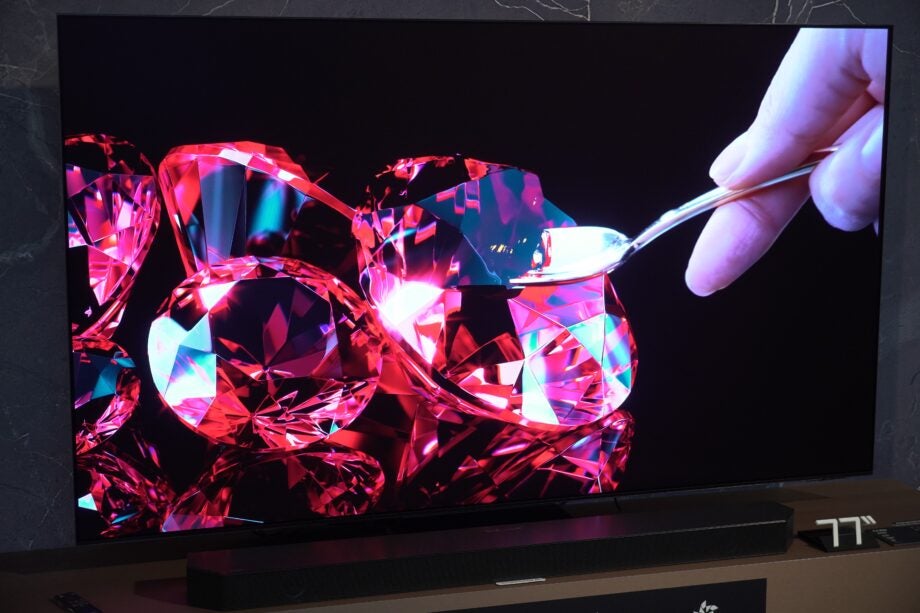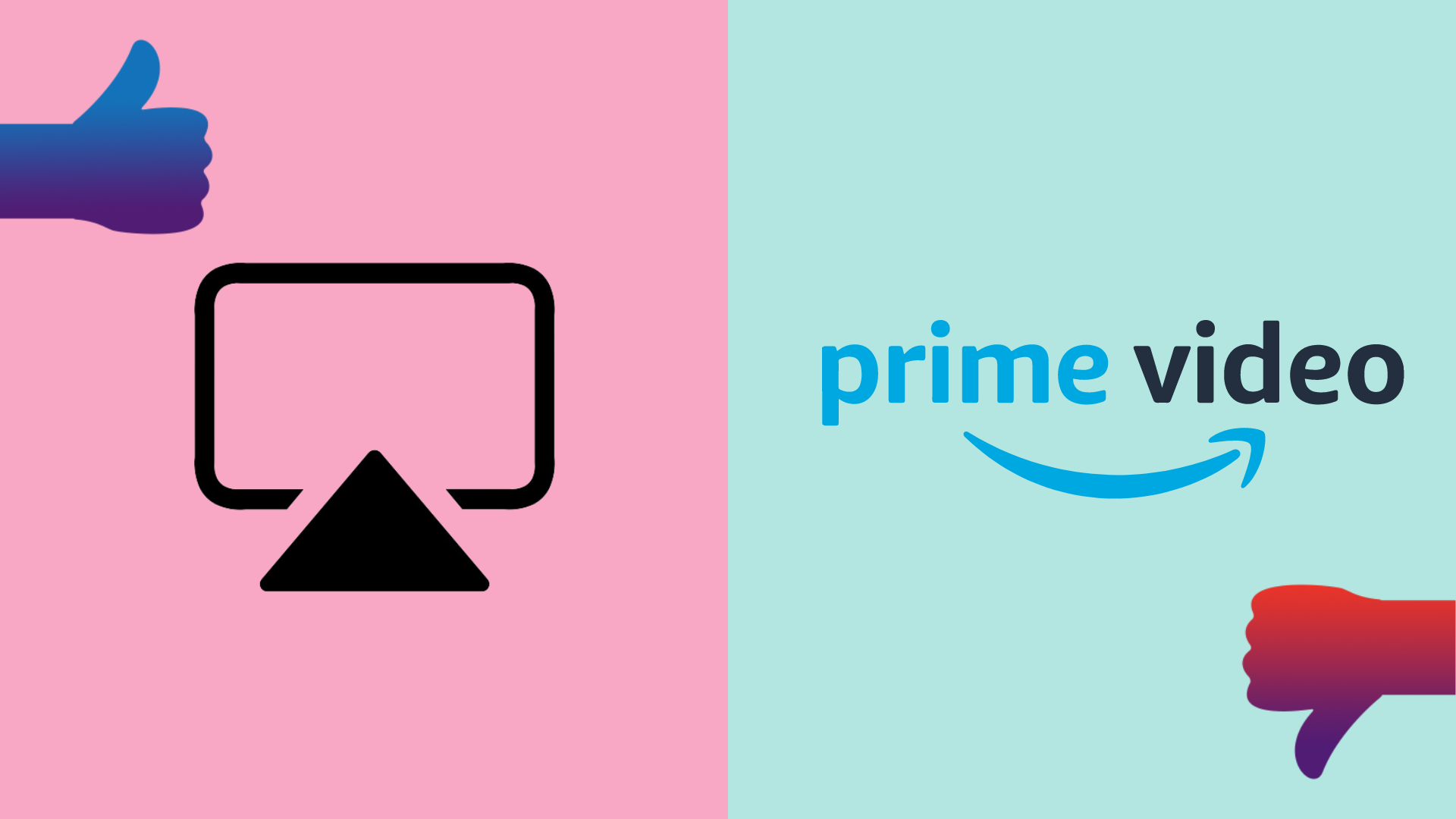I’m in two minds about Samsung’s S95D Glare Free OLED tech

OPINION: I was in Frankfurt for the World of Samsung event in February, and the Korean electronics firm offered more details for its latest TVs ahead of their upcoming launch.
I’ve talked about the bane of reflections in a Sound & Vision column, mainly in the context of cheaper 4K TVs lacking that feature. Samsung’s OLED Glare Free tech has been talked about since it was demonstrated at CES 2024, and reaction has been on the mixed side.
And I must say, I’m in two minds about it too.
Samsung used similar tech with its Frame TV, and it worked excellently on that model. The anti-glare tech works on the S95D too, very effectively removing any light sources and reflections from appearing on the screen. You can see how well it works in the pictures below. There’s no issue with it as far as bright, colourful scenes are concerned.

But in dark scenes, the tech has the effect of reducing the depth of black levels, which is a no-no in my book. This is especially important since we’re talking about a QD-OLED – sorry OLED – TVs, where pin-point and precise black levels are its raison d’être. You can just see in the image above, in the area around the nose that blacks look a little lifted and raised.

Now it may not look like a big deal, I may be making a fuss over nothing, but deep black levels help boost contrast, and as the S95D will be one of the brightest OLED screens when it launches later in 2024, to compromise those black levels in favour reducing screen reflections seems a step back rather than a step forward. In person, the image looks a little less defined.
Samsung’s argument – and it’s a fair one – is that reflections shouldn’t really exist when watching content in a bright room, it’s distracting and potentially causes eye strain as your eyes can focus on the reflection than the screen. Speaking from experience, that phenomena (briefly) makes my eyesight go a little wonky.
The age group that Samsung feels this tech has appeal for is a younger one, a demographic Samsung appears to think will be more concerned by seeing glare and reflections than older generations.
I’m not sure I necessarily agree with this assertion. I don’t think a younger audience is any more bothered than an older one about reflections, we can all agree that they’re annoying. Given how much money the S95D OLED is likely to cost, though, is this really the age group that’ll be purchasing a flagship OLED anyway? That’s where Samsung’s justification misses the mark for me.
The S95D is orientated towards a certain type of buyer: older, affluent, and interested in the highest picture performance. The impression I have is that a younger generation reared on smartphones, tablets, and laptops aren’t as interested in a high quality picture as Samsung might think they are.

Samsung did say that if the glare-free tech on the S95D didn’t appeal, there’s always the S90D, but as I’ve mentioned in my Sound & Vision column, that OLED line-up doesn’t carry the same panel tech throughout its sizes; and as the step down OLED, it doesn’t have picture parity with the S95D.
It makes for an odd OLED line-up for 2024 – choose between a less expensive but less bright OLED, or choose for a more expensive TV with fewer reflections and compromised black levels. If I had the pockets for either one, with the information I have know, rather than knowing exactly which one I’d go for, I’m actually now less certain about which TV I’d get.








